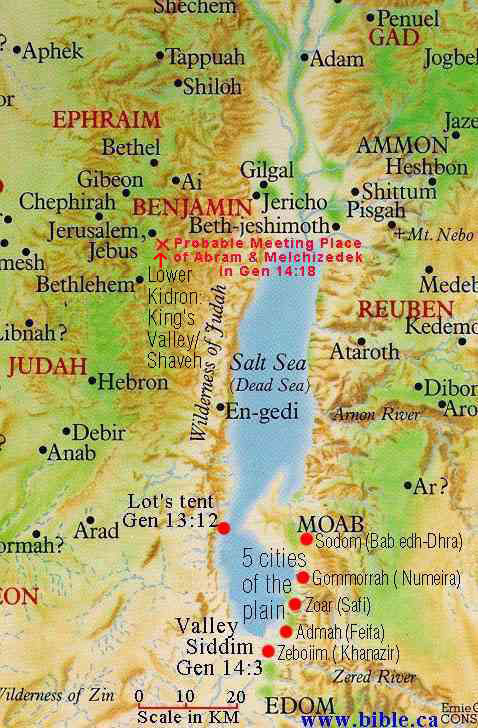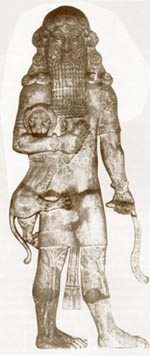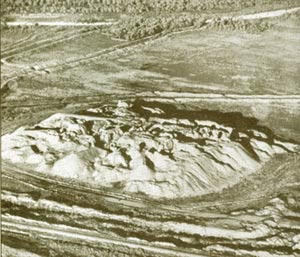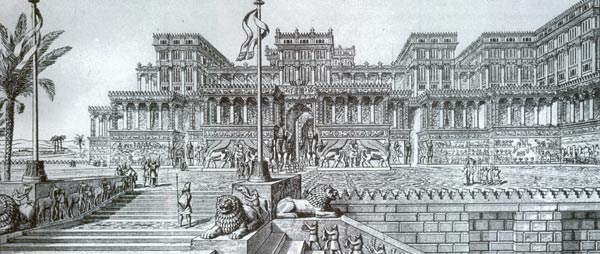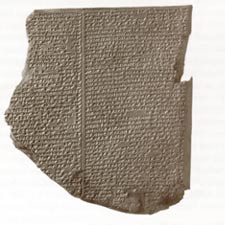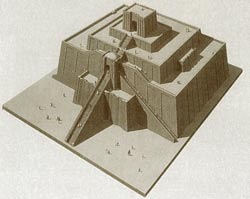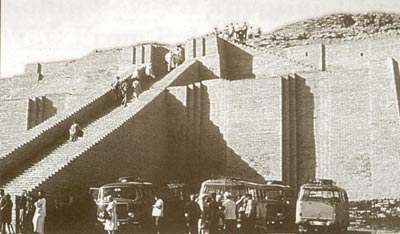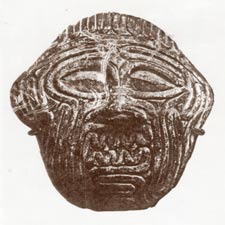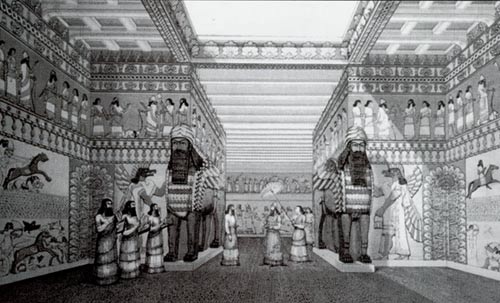|
Map of Abraham, Lot
and Sodom: Gen 13-19 Click for high resolution |
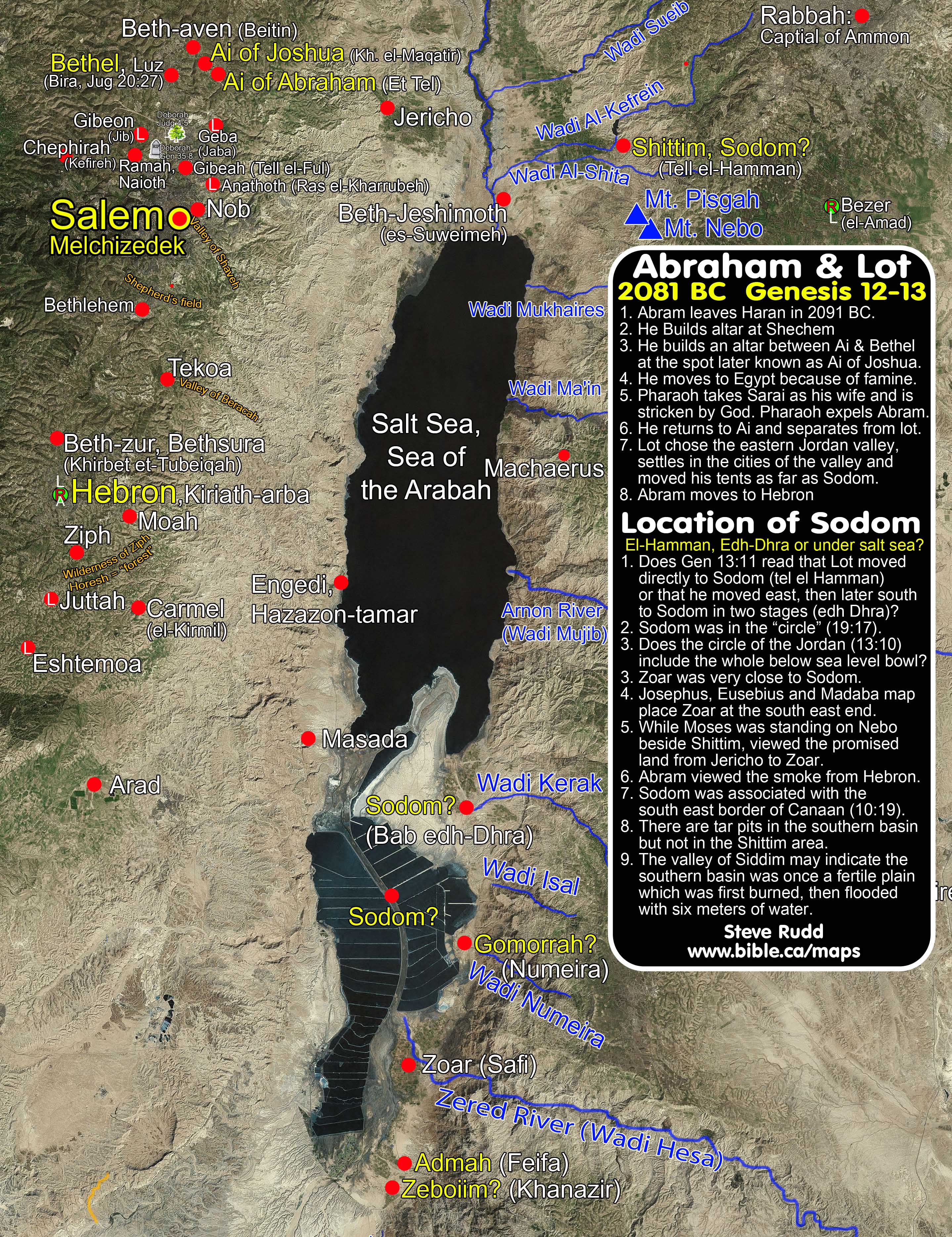 |
A. Abram, Lot part their ways:
1. Abram leaves
Haran in 2085 BC.
2. He Builds altar
at Shechem
3. He builds an
altar between Ai & Bethel at the spot later known as Ai of Joshua.
4. He moves to Egypt
because of famine.
5. Pharaoh takes
Sarai as his wife and is stricken by God. Pharaoh expels Abram.
6. He returns to Ai
and separates from lot.
7. Lot chose the eastern
Jordan valley, settles in the cities of the valley and moved his tents as far
as Sodom.
8. Abram moves to
Hebron
B. Location of Sodom: El-Hamman, Edh-Dhra or
under salt sea?
1. Does Gen 13:11
read that Lot moved directly to Sodom (tel el Hamman) or that he moved east,
then later south to Sodom in two stages (edh Dhra)?
2. Sodom was in the
“circle” (19:17).
3. Does the circle
of the Jordan (13:10) include the whole below sea level bowl?
4. Zoar was very
close to Sodom.
5. Josephus,
Eusebius and Madaba map place Zoar at the south east end.
6. While Moses was
standing on Nebo beside Shittim, viewed the promised land from Jericho to Zoar.
7. Abram viewed the
smoke from Hebron.
8. Sodom was
associated with the south east border of Canaan (10:19).
9. There are tar
pits in the southern basin but not in the Shittim area.
10. The valley of Siddim may indicate the
southern basin was once a fertile plain which was first burned, then flooded
with six meters of water.
C. Note on Gen 14-15
- Lot moved his tents down the Jordan valley (adjacent to the dead sea) until he came close to Sodom: Gen 13:12.
- In Gen 14:1f, four kings from the general Babyonian area (central Mesopotamia: Gen 10:10), from the cities of Shinar (King Amraphel), Ellasar (Arioch King ), Elam (King Chedorlaomer), Goiim (King Tidal), went to war against 5 lower Jordanian kings.
- Deuteronomy 29:23; Genesis 19:20,25; Hosea 11:8 proves the 5 cities of Sodom (King Bera), Gomorrah (King Birsha), Admah (King Shinab), Zeboiim (King Shemeber) and Bele or Zoar (unnamed king) were very close to each other. They lie in the plain or valley of Jordan (Gen. 13:10). All would have been destroyed by God in Gen 19:18 if Lot hadn't wanted to stay in Zoar which was in the valley near the other 4 cities.
- These four cities including Sodom may lie under the shallow southern end of the dead sea. 2 Esdras 5:2 may be a cryptic reference to indicate this: "And the Sodomitish sea shall cast out fish". The location of Zoar, is the only city known for certain. On the other hand, Sodom may be located at Shittim, north east of the salt sea.
- The war of kings seems to have taken place in the valley of Siddim at the south end of the Salt sea, perhaps partly under water. Gen 14:3,8,10.
- The 4 Mesopotamian kings conquered the 5 Jordanian kings, took Lot into exile: Gen 14:12. The kings of Sodom and Gomorrah were killed. Later Joshua would conquer 5 Palestinian kings in Josh 10:1-5.
- The first time the word "Hebrew" is used in the Bible is in Gen 14:13. Just as Abraham is first called a "Hebrew" in Gen 14:13, so also the disciples first called Christians in Acts 11:26. The etymological origin of "Hebrew" is uncertain. The likely origin of word "ibri" [Hebrew] is derived from "br" which means "to cross over a boundary".
- Lot's family and all their possessions were taken into captivity from Sodom, by the 4 Mesopotamian kings. The choices Lot and Abram make and their end result are significant. Lot chose the worldly advantages of living near wicked Sodom and lost everything he had not once but twice! Abraham was the one who saved lots twice in Gen 14 & 19. When Lot was separated from Abram, he suffered loss. When he was with Abram, he was blessed.
- Abram, with God's help (Gen 14:20), pursues and defeats the 4 kings and rescues Lot Gen 14:13-15. This win by Abram against 4 defending champions, would become legendary in the ancient world. It also foreshadows the prophecy of Christ who would defeat 4 world powers in Dan 7:44. Isaiah 41:2 is a reference to the conquest of Abram.
- Melchizedek brings refreshments for Abram's men to the valley of Shaveh (the King's Valley: 2 Sam.18:18, possibly just outside Jerusalem) and blesses him. Melchizedek's coming out to greet Abram after victory was traditional: 1 Samuel 18:6. Melchizedek was above Abram in spiritual rank, having blessed Abram and accepted tithes from him.
- Melchizedek was king of Salem, which later became Jerusalem. [Heb: Jeru = possession; Salem = peace: "possession of peace"]. Psalm 76:2 calls Jerusalem "Salem".
- David, the first righteous Hebrew king to sit on Melchizedek's throne and rule Jerusalem, prophesied Jesus would be king and priest after the order of Melchizedek: Ps. 110:4. David was king only. (Josh 10:1-5 mentions the king of Jerusalem who was conquered by Joshua in the conquest.) David built a altar to the Lord on Mt. Moriah on the threshing floor of Ornan the Jebusite: 1 Chron 21:18. (Abraham had offered Isaac on this site: Gen 22:1,14; 2 Chron 3:1, in Jerusalem where Melchizedek was king). This later became the very temple site: 2 Chron 3:1. So we have a sequence:
a.First Melchizedek, as the first king of Jerusalem.
b.Second, Abraham, first Hebrew priest to offer sacrifices on temple site.
c.Third, David, the first righteous (like Melchizedek) Hebrew king to sit on "Melchizedek's throne" 1000 years later, announces that Jesus will be the first spiritual king to sit on the throne in Jerusalem. So from Melchizedek to David, and from David to Christ is about 1000 years between each!
d.Fourth, Jesus sits on the throne of David (and Melchizedek) at the ascension. Acts 2:29-36.Then it comes full circle, because Jesus was a king and priest after the order of Melchizedek. (Heb. 7:4-10)
- The new king of Sodom also meets Abram in the valley of Shaveh and asks for his recaptured people back. Abraham not only give the people, but the goods as well. Abram proved himself to be humble and righteous by giving back all the goods to the king of Sodom, after a spectacular and legendary military victory! The King of Sodom and Melchizedek both offered Abram riches. One from the world and one from God. Abram chose God's blessing above worldly riches.
- This meeting of Melchizedek (Father) and the king of Sodom (Devil) foreshadows Jesus temptation in the wilderness in Mt 4. The Devil, like the King of Sodom, offered Jesus instant material wealth. Abram refused to keep the goods he had recaptured, knowing God had promised blessing through Melchizedek.
- New Testament writers pointed to three Old Testament characters to prove that the Law of Moses was to be abolished.
a.First is Melchizedek whose priesthood preceded Aaron's; whose kingship preceded David's; who blessed and received tithes from Abram. Gen 14:19 (Heb 4)
b.Second is Abraham, who was justified by faith before circumcision. Gen. 15:6 (Rom 4)
c.Third is Moses who wrote the Law's "self destruct clause" in Deut 18:15, (Acts 3:22; 7:37) that stated the Jews should ignore the Law of Moses and give exclusive heed to Christ.
- Abram wants to know for certain that he will inherit the land. Abram is told to prepare a sacrifice where the animals are split in two and arranged so that a man can walk between the halve. The birds of prey indicate evil and 400 years of slavery in Egypt, hence Abram's terror. Normally, both parties "passed between the sacrifice" as a way to confirm their mutual covenant: Jer 34:18-19 However in this case, God alone, "passes through" because the covenant is unilateral, unconditioned on Abram's part, being a promise! (Heb 6:13-20) God confirms his covenant with Abram in Gen 15 and tells him that after 400 years of slavery, his seed would possess the land he lives in.
- After Abram pleads for God to spare Lot, God still intended to destroy the five cities of Gen 14:1f, but spares Zoar, so Lot can escape there. This is the second time Abraham has saved Lot.
D. Summary of (possible) Antitypes in Gen
14-15:
- The choices of Abram that resulted in blessing and Lot that resulted in destruction, are similar to several New Testament parables. (Parables of Abram's trusting in God: Hidden Treasure: Mt 13:44, Pearl of Great Price: Mt 13:44. Parables of Lot's trusting in wealth: Rich Fool: Lk 12:13-21)
- Who you associate with will affect you: Twice, Lot was blessed when he was near Abram and lost is all, when he was near Sodom. Christians are likewise admonished to be careful who they associate with: 2 Peter 2:7-9; 1 Cor 15:33; 2 Cor 6:14; 2 Thess 3:6
- Abram's "victory" over four "world" powers Gen 14 is an antitype of Jesus' victory over the four world powers of Dan 7:44; Col 2:15. Also curious is the fact that twice in scripture, 5 kings of Jordan/Palestine, fought and lost. First, in Gen 14:9 against the 4 kings; second in Josh 10:5 against Joshua.
- Abram's victory in Gen 14, was also the very first in a long series where God did the fighting! (Ex 14:14,25; 15:3; Deut 1:30; 3:22; Josh 23:3; 2 Chron 20:29; Neh 4:20)
- The king of Sodom, tempting Abram to accept worldly riches after the promise of blessings from God from Melchizedek represents the devil tempting Jesus in the wilderness the same way in Mt 4.
- Melchizedek king of Salem was a antitype of David, physical king of physical Jerusalem. Both Melchizedek and David were antitypes of Jesus who is the spiritual King of a spiritual Jerusalem.
- Jews were first called "Hebrews" in Gen 14:13 just as the disciples first called Christians in Acts 11:26.
- Abram was called a Hebrew shortly after he settled near Jerusalem (future Jewish center of the world) Paul was first called a Christian shortly after Paul arriving in Antioch (the NT center of Abraham's spiritual Gentile seed)
- Soon after being called a Hebrew, Abram pursued the 4 kings and defeated them in the first great physical battle fought by God. Soon after being a Christian, Paul left on the "first missionary journey" which was the first great spiritual battle aided by God.
- Both Abram and Paul traveled the same route (the road to Damascus, Gen 14:15; Acts 9) when they came to spiritual enlightenment. Abram proved his faith in God's promise to protect and bless him as he pursued the 4 kings. Paul came to spiritual life and was baptized in Damascus! A "great darkness" fell upon Abram (Gen. 15:12) which may be a type of the darkness that fell on Paul when he was three days without sight. (Acts 9:9) Both Abram and Saul had their names changed.
- Melchizedek blessed Abram after eating bread and wine. Jesus blessed the disciples after the Lord's Supper (unleavened bread and grape juice)
- Melchizedek as a king is an antitype of David. Melchizedek as a king and priest is an antitype of Christ.
- Abraham and Isaac are used in the NT as an antitype of the Father and Jesus. Isaac was sacrificed on a mountain of Moriah while Jesus was crucified just outside Jerusalem, which was built on Mt. Moriah (Gen. 22:2; 2 Chron. 3:1) Isaac was as good as dead in Abraham's mind for three days (Gen. 22:4) while Jesus was in the grave for three days. Both Isaac (Gen 22:6) and Jesus carried the wood for their own sacrifice.
- Abraham was the original example of "living by faith", when he conquered the enemies of Israel. Doubting Habakkuk was warned to "Live by faith" after he learned that Israel's enemies would win the war in 722 BC.
- When Abram was told that Israel would suffer in Egyptian bondage before glory, it provides the general pattern for Christ's crucifixion (Luke 24:26; 1 Peter 1:11) and Christians (Hebrews 2:10) when they must suffer first then enter glory.
